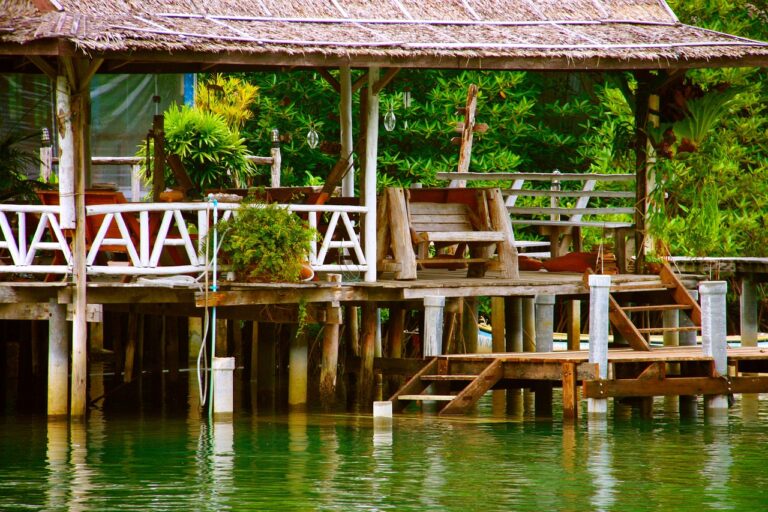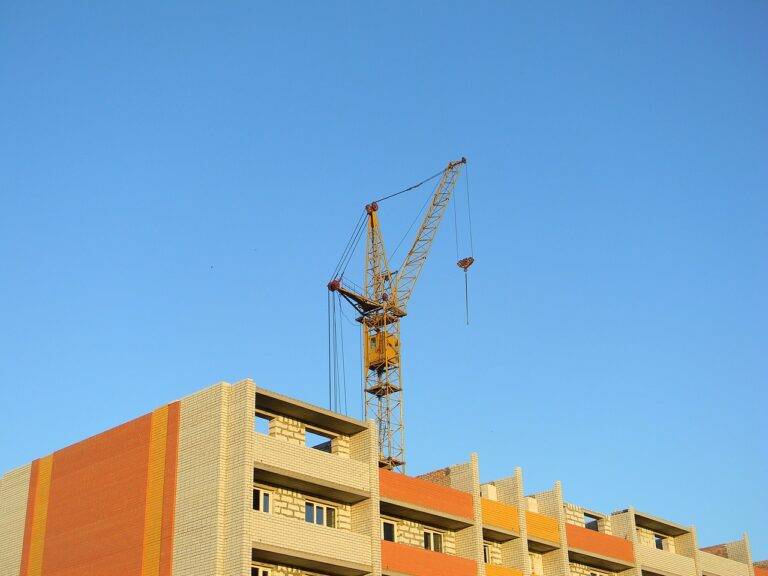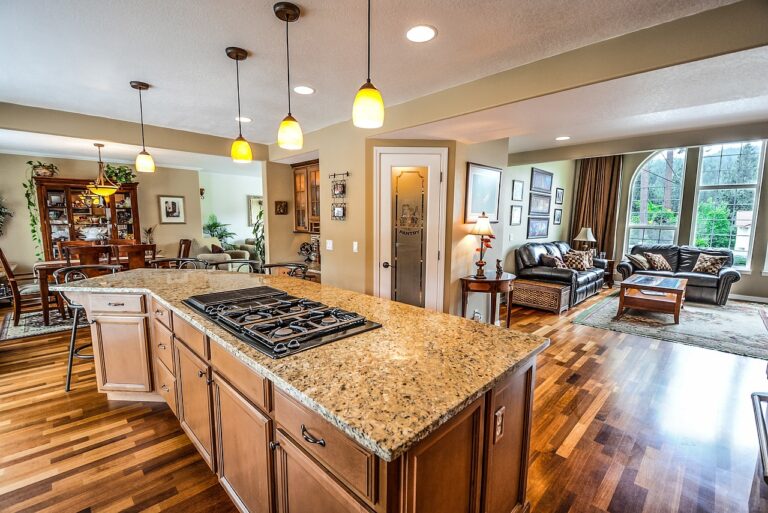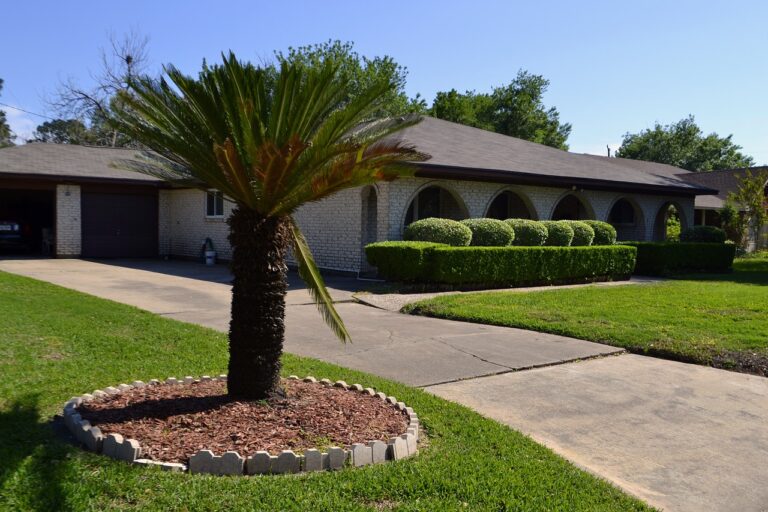Eco-Friendly Renovation Tips for Historic Homes: Preserving the Past with Sustainable Practices
Sustainable materials are fundamental in creating a more eco-friendly living space. Opting for materials that are renewable, recyclable, and non-toxic can greatly reduce the environmental impact of your home. Wood from responsibly managed forests, recycled glass, and bamboo are just a few examples of sustainable materials that you can consider for your next home renovation project.
When choosing sustainable materials, it is also essential to prioritize durability and longevity. Investing in high-quality materials that are built to last not only reduces the need for frequent replacements but also minimizes waste. By carefully selecting materials that are both sustainable and durable, you can make a positive impact on the environment while creating a beautiful and long-lasting home.
Understanding the History of the Home
When delving into the history of a home, it is like taking a step back in time to uncover layers of stories woven into the very foundation of the building. Every crack, every beam, and every brick holds a piece of the past, offering a glimpse into the lives of those who once called it home. From architectural styles to design elements, each detail tells a tale of the era in which it was constructed, providing valuable insights into the history and evolution of the property.
Exploring the history of a home goes beyond just its physical structure; it also involves understanding the social, cultural, and economic factors that shaped its development. By tracing the lineage of ownership, examining historical documents, and analyzing photographs, it is possible to recreate the narrative of the home and its inhabitants. This deep dive into the past not only adds a sense of richness and character to the property but also fosters a greater appreciation for its heritage and legacy.
Energy-Efficient Upgrades
One of the most impactful ways to reduce energy consumption and lower utility bills is by investing in energy-efficient upgrades for your home. Upgrading to LED lighting throughout your home can significantly decrease electricity usage. LED bulbs are more energy-efficient than traditional incandescent bulbs and can last much longer, making them a cost-effective choice for homeowners looking to save money in the long run.
Another effective energy-efficient upgrade is installing a programmable thermostat. These devices allow you to set specific temperature settings for different times of the day, ensuring that your HVAC system operates only when needed. By optimizing your heating and cooling schedule, you can enhance comfort levels in your home while also reducing energy waste.
LED lighting is more energy-efficient than traditional incandescent bulbs
LED bulbs last longer, making them cost-effective in the long run
Programmable thermostats allow for specific temperature settings throughout the day
HVAC systems operate only when needed with a programmable thermostat
Optimizing heating and cooling schedules can enhance comfort levels while reducing energy waste
How can choosing sustainable materials benefit my home?
Choosing sustainable materials can reduce your home’s carbon footprint, improve indoor air quality, and lower energy costs in the long run.
Why is understanding the history of the home important before making energy-efficient upgrades?
Understanding the history of the home can help you identify areas where energy is being wasted and optimize your upgrades for maximum efficiency.
What are some common energy-efficient upgrades that homeowners can consider?
Some common energy-efficient upgrades include installing energy-efficient appliances, improving insulation, sealing air leaks, and upgrading to LED lighting.







